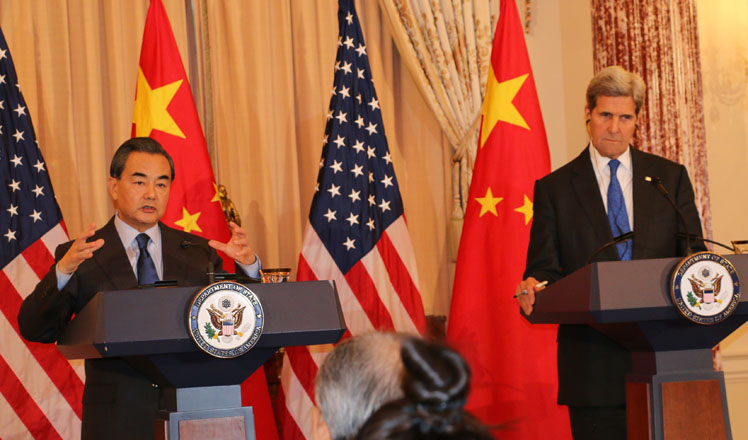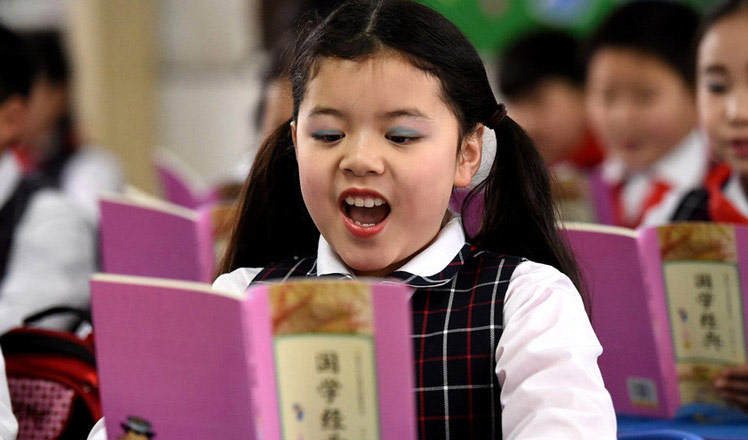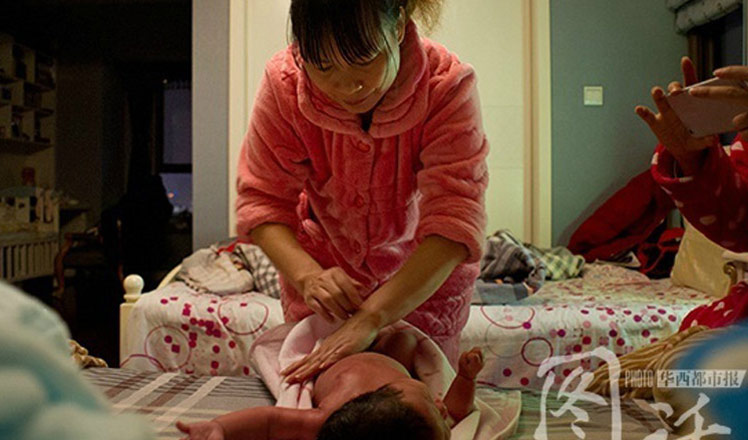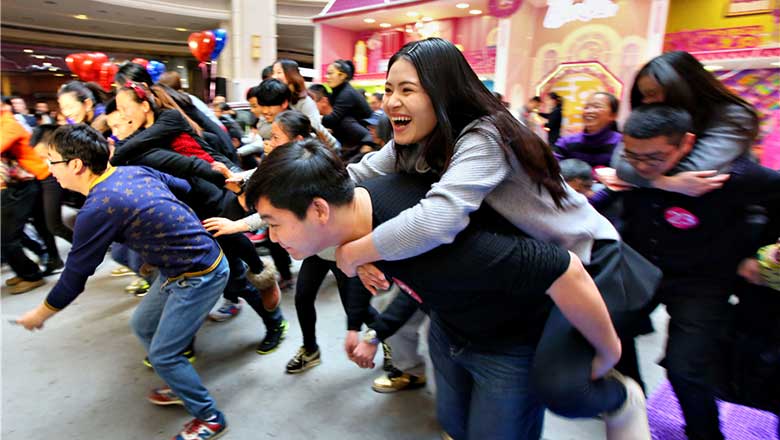Putting the legal ball in a new court
Updated: 2016-02-24 08:04
By Cao Yin(China Daily)
|
||||||||
Since they were established a little more than a year ago, China's first circuit courts have changed the country's legislative landscape. Cao Yin reports from Shenzhen, Guangdong province.
Looking back at the first year of the First Circuit Court in Shenzhen, Guangdong province, Gao Xiaoli, who has worked as a chief judge at China's top court since 1994, said she has had no time to feel homesick, even though she only returns to Beijing once a month.
The new circuit courts, which act as branches of the Supreme People's Court, the nation's top legal tribunal, are part of a two-year pilot program related to ongoing reform of the judiciary. Before their foundation, all cases referred to the Supreme People's Court had to be heard in Beijing.
Last month, President Xi Jinping said the reforms must be deepened to boost to the country's judicial credibility and the public's sense of security. Meanwhile, experts said the country's top court regards the establishment of circuit courts as one of the first steps in the reform process.
In January last year, the Supreme People's Court established China's first circuit courts. The first is in Shenzhen, a services center in the Pearl River Delta, and rules on disputes in the provinces of Guangdong and Hainan and in the Guangxi Zhuang autonomous region, while the second is in Shenyang, the capital of Liaoning province, and hears cases from Northeast China's traditional industrial provinces - Liaoning, Jilin and Heilongjiang.
Circuit courts not only narrow the physical distance between the top court and litigants, but they also underscore the authorities' determination to reform the judicial system, experts said.
Change of focus
For many years, the country's most-senior judges performed tasks more suited to civil servants. They were given administrative titles, such as chief judge or president, in accordance with seniority, but once that title had been awarded, the focus of their work shifted from hearing cases to managing the court.
Although administrative matters occupied most of their time, many were also reluctant to preside over trials, because it meant accepting a heavier burden of responsibility and a greater workload. As a result, many judges rarely heard cases, rendering their legal and procedural experience almost useless when it came to resolving the ever-rising number of court cases.
Statistics released by the Supreme People's Court show that nearly 13 million cases were resolved in 2013, a rise from the 8.56 million recorded in 2006. However, the number of judges nationwide failed to rise in tandem with the number of cases. In 2013, there were 196,000 judges, just 6,000 more than in 2006.
The Supreme People's Court decided the problem needed to be rectified, and in 2013, the central leadership proposed judicial reform, emphasizing that judges should not be used as administrators and their work should revolve around hearing cases.
Leading judges were ordered to "pick the gavel up again" and to spend more time on legal matters. As a result, the Supreme People's Court transferred 88 legal officials from its head office in Beijing to the two new circuit courts.

 Matters of state
Matters of state
 Students begin new term with lucky bags and red envelopes
Students begin new term with lucky bags and red envelopes
 The life of a postpartum care worker
The life of a postpartum care worker
 Top 10 most Internet-savvy banks in China
Top 10 most Internet-savvy banks in China
 To eat or not to eat? Delicious and adorable art
To eat or not to eat? Delicious and adorable art
 12 photos you don't want to miss about Chinese Lantern Festival
12 photos you don't want to miss about Chinese Lantern Festival
 The world in photos: Feb 15 - 21
The world in photos: Feb 15 - 21
 China Daily weekly pictures: Feb 13-19
China Daily weekly pictures: Feb 13-19
Most Viewed
Editor's Picks

|

|

|

|

|

|
Today's Top News
What ends Jeb Bush's White House hopes
Investigation for Nicolas's campaign
Will US-ASEAN meeting be good for region?
Accentuate the positive in Sino-US relations
Dangerous games on peninsula will have no winner
National Art Museum showing 400 puppets in new exhibition
Finest Chinese porcelains expected to fetch over $28 million
Monkey portraits by Chinese ink painting masters
US Weekly

|

|









